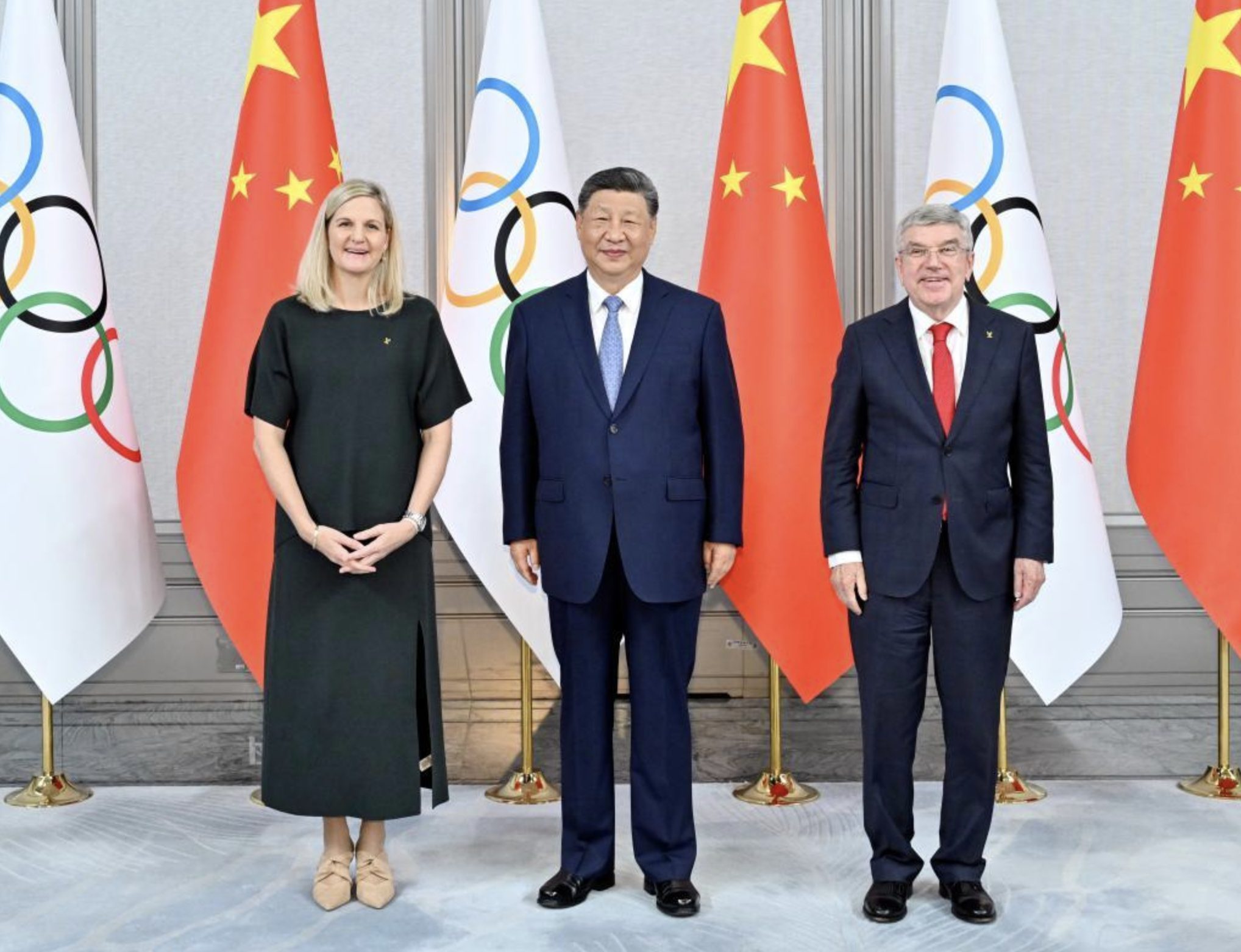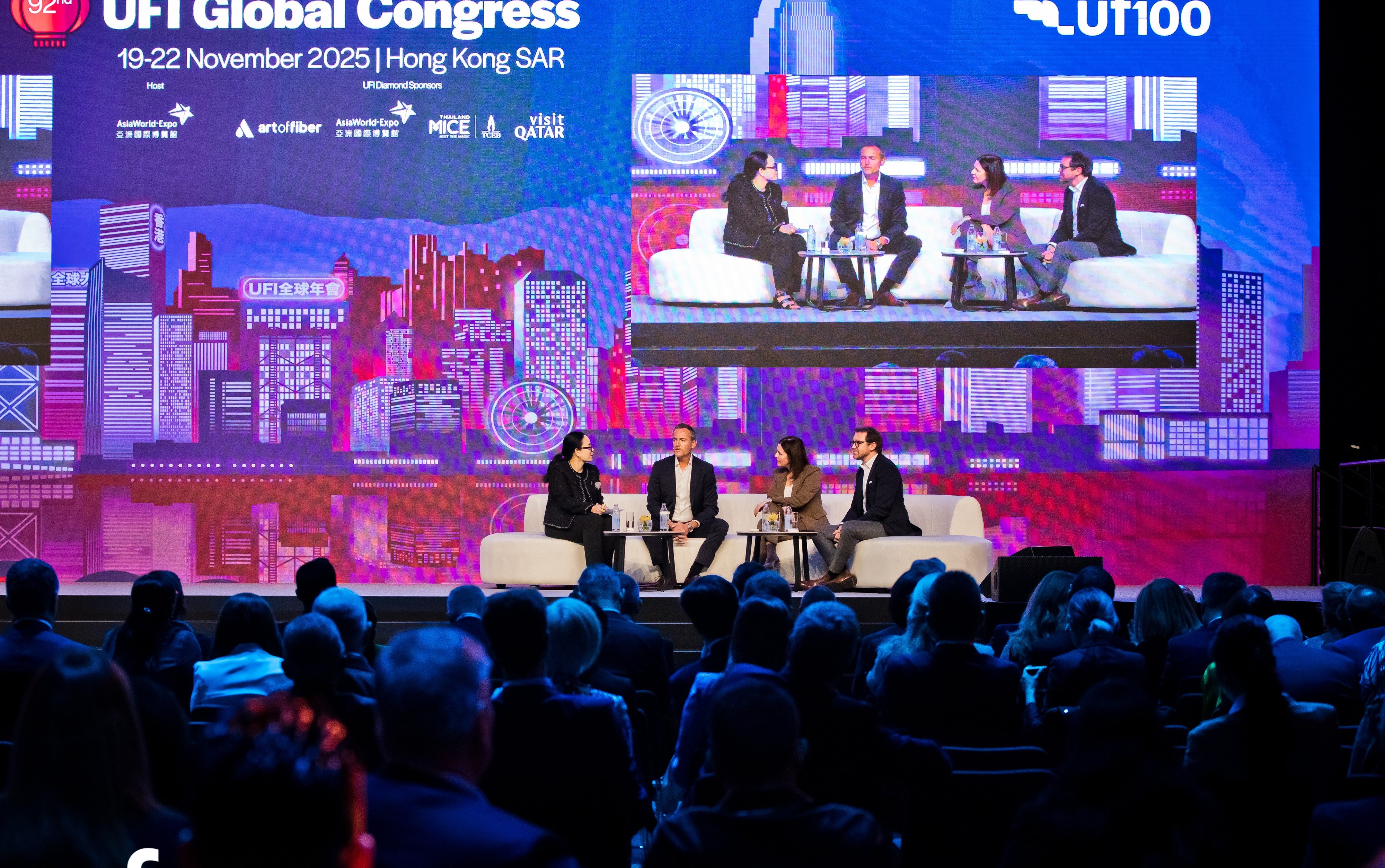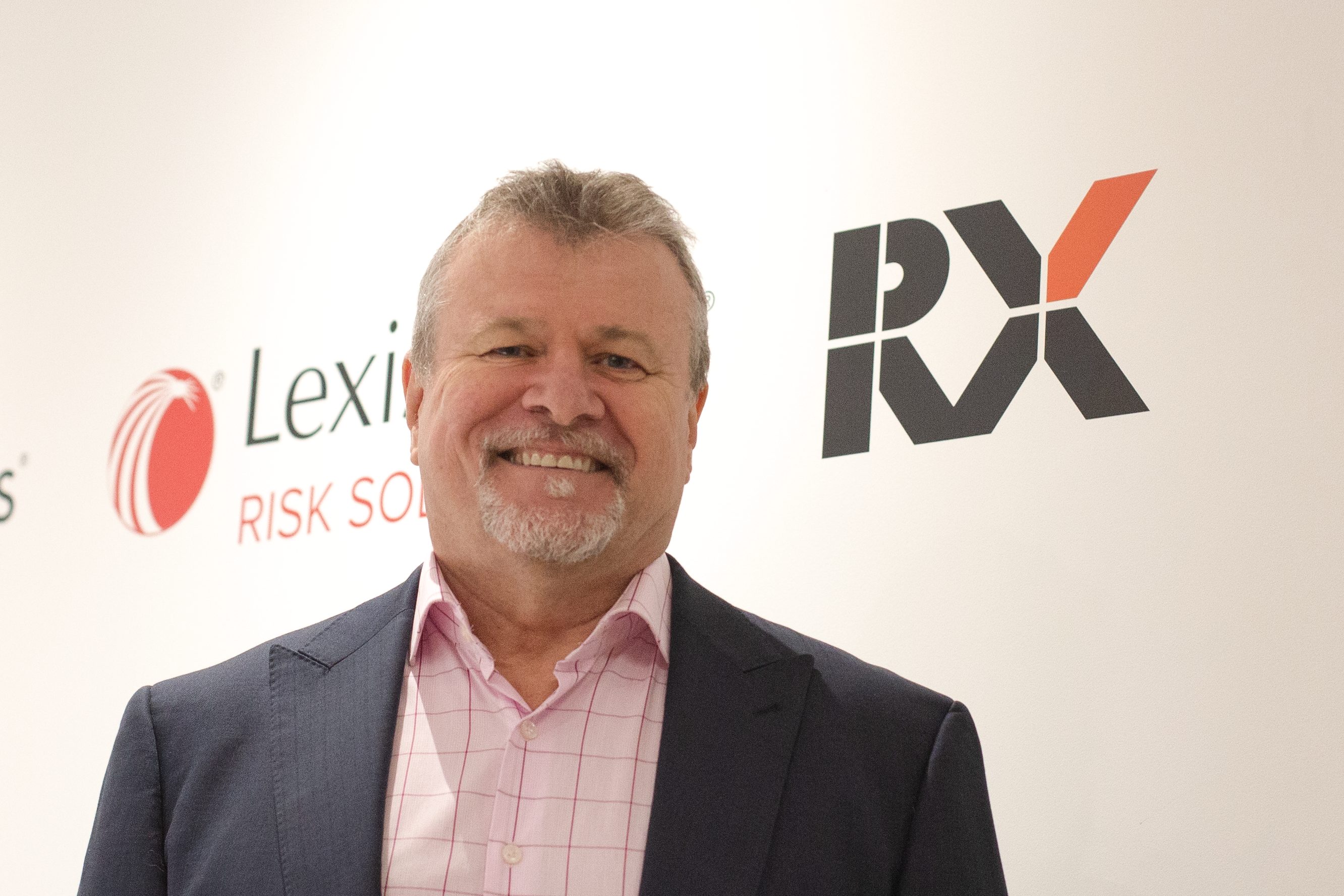Business event arrivals from China brought over A$380 million (about US$294m) for the Australian economy last year, a visitor survey has shown.
The most recent International Visitor Survey tracked expenditure of A$381m from a total 66,000 Chinese delegate arrivals in the year ending September 2016.
China was Australia’s largest inbound market in terms of expenditure over this period, and second largest in terms of visitation.
Flight opportunities
New direct flights from south and west China to Australia have opened up business event opportunities from these regions.
Chongqing, Chengdu, Fuzhou and Xiamen are among the newly connected cities.
New services include: Chengdu to Sydney three times a week; Changsha to Melbourne twice a week and Qingdao to Melbourne three times a week.
Insights
Tourism Australia provides the following insights on the Chinese business events market:
Bespoke experiences
Repeat trips by Chinese incentive groups are driving demand for new and unique experiences.
Bespoke teambuilding activities, unusual forms of transport and more creative theming for gala functions are on the increase.
Australian food and wine experiences, especially those allowing access to fresh produce such as seafood tours, vineyard visits, or activities like cooking classes, are popular among Chinese incentive groups.
Read how Cairns’ crocodiles are drawing incentive groups
Competition
Australia’s main competitors for the Chinese incentive market include Dubai, Europe and the USA.
Main players
Beijing, Shanghai and Guangzhou continue to represent the majority of opportunities for Australia. Over a third of direct selling companies in China, a key industry for outbound incentive groups, are based in these three cities.
Destination choice
Key destinations for large-scale incentive events are Sydney, Melbourne and the Gold Coast.
Hobart and Cairns are increasingly selected for smaller events (70-200 people).
Incentive ideas around Sydney’s Darling Harbour
Planning
Chinese companies will plan and budget for their incentive trip based on their previous year’s profits, sales or revenue, which may affect budgets for incentive programmes.
Large-scale incentives of over 1,000 people often begin considering destinations up to 18 months before, but may not contract until six months from the departure date.
Group size
Average event sizes vary between industry sectors. IT and finance average around 70-200 people; healthcare around 200-500 people; direct selling around 500-2,000 people.
Some direct selling events can reach sizes of up to 12,000 people and travel in several waves.
Australian National Maritime Museum welcomes 4,000 Amway China incentive qualifiers


